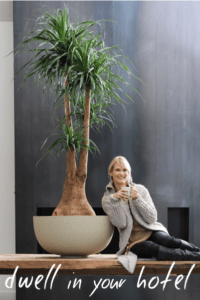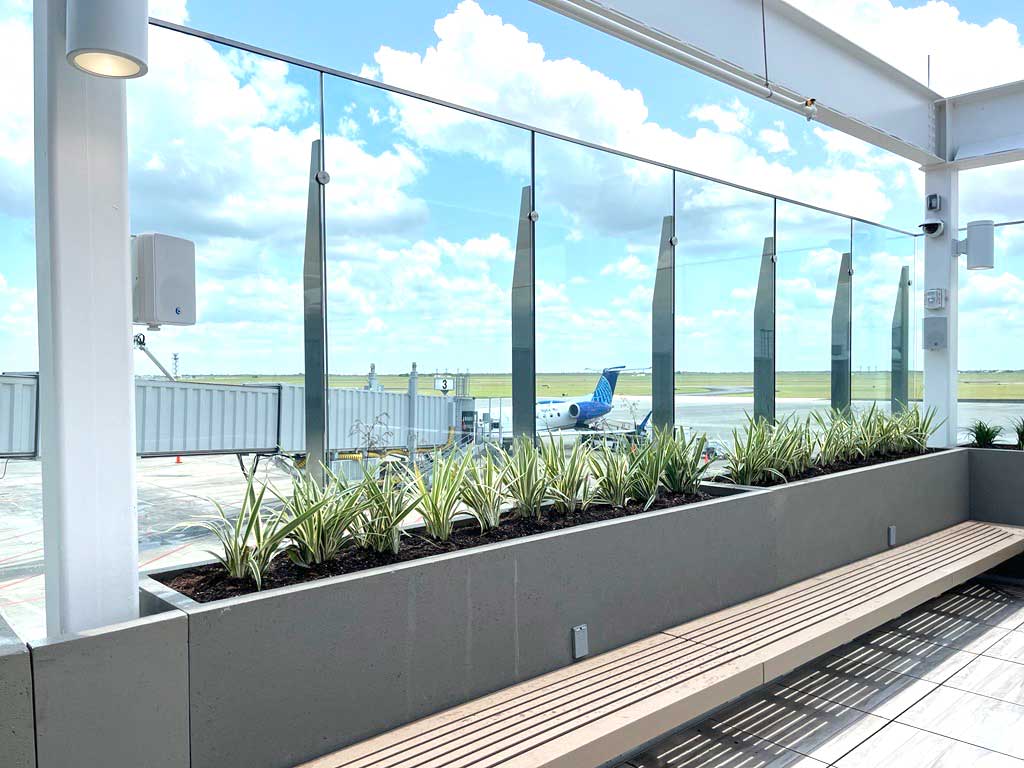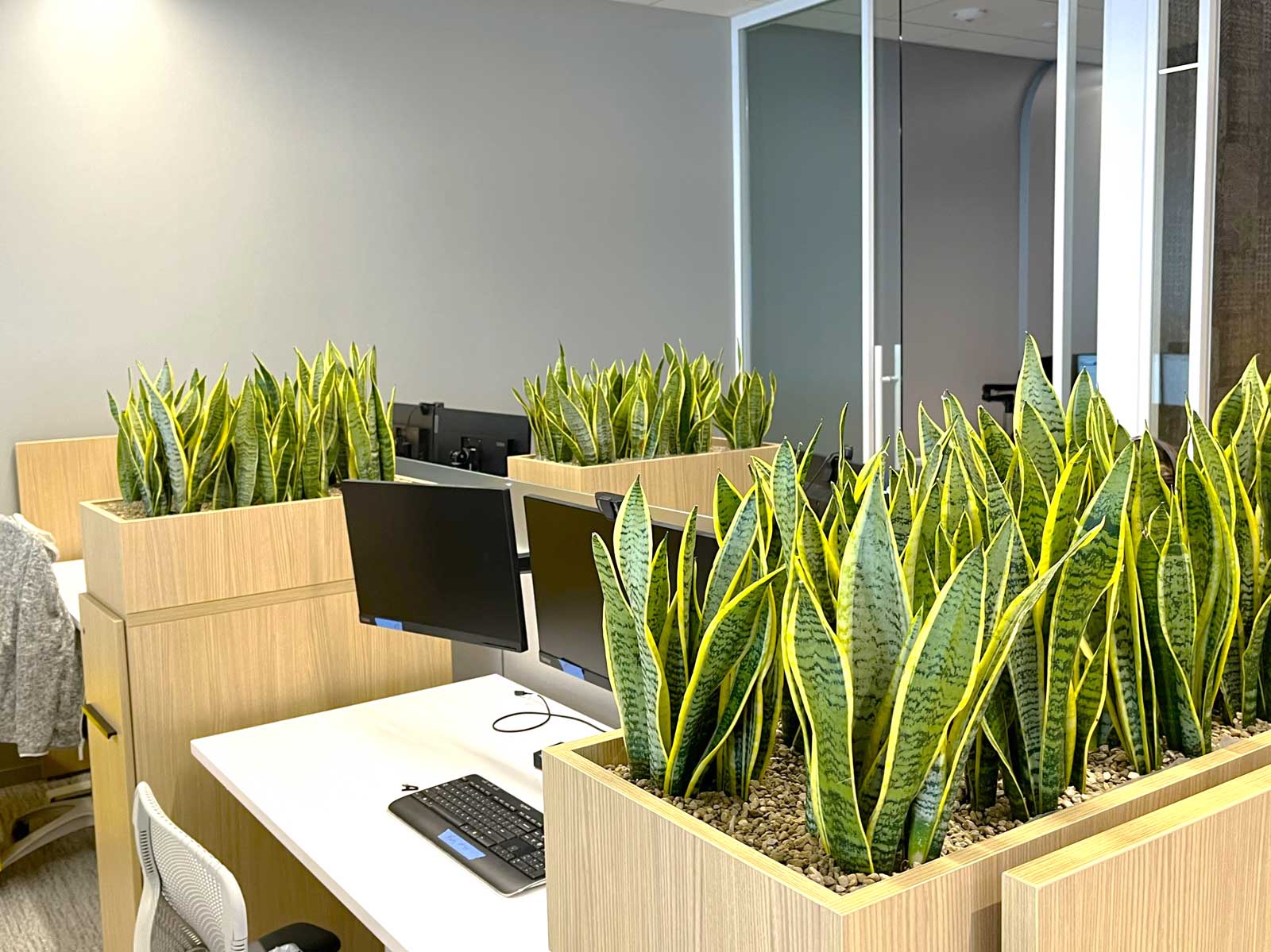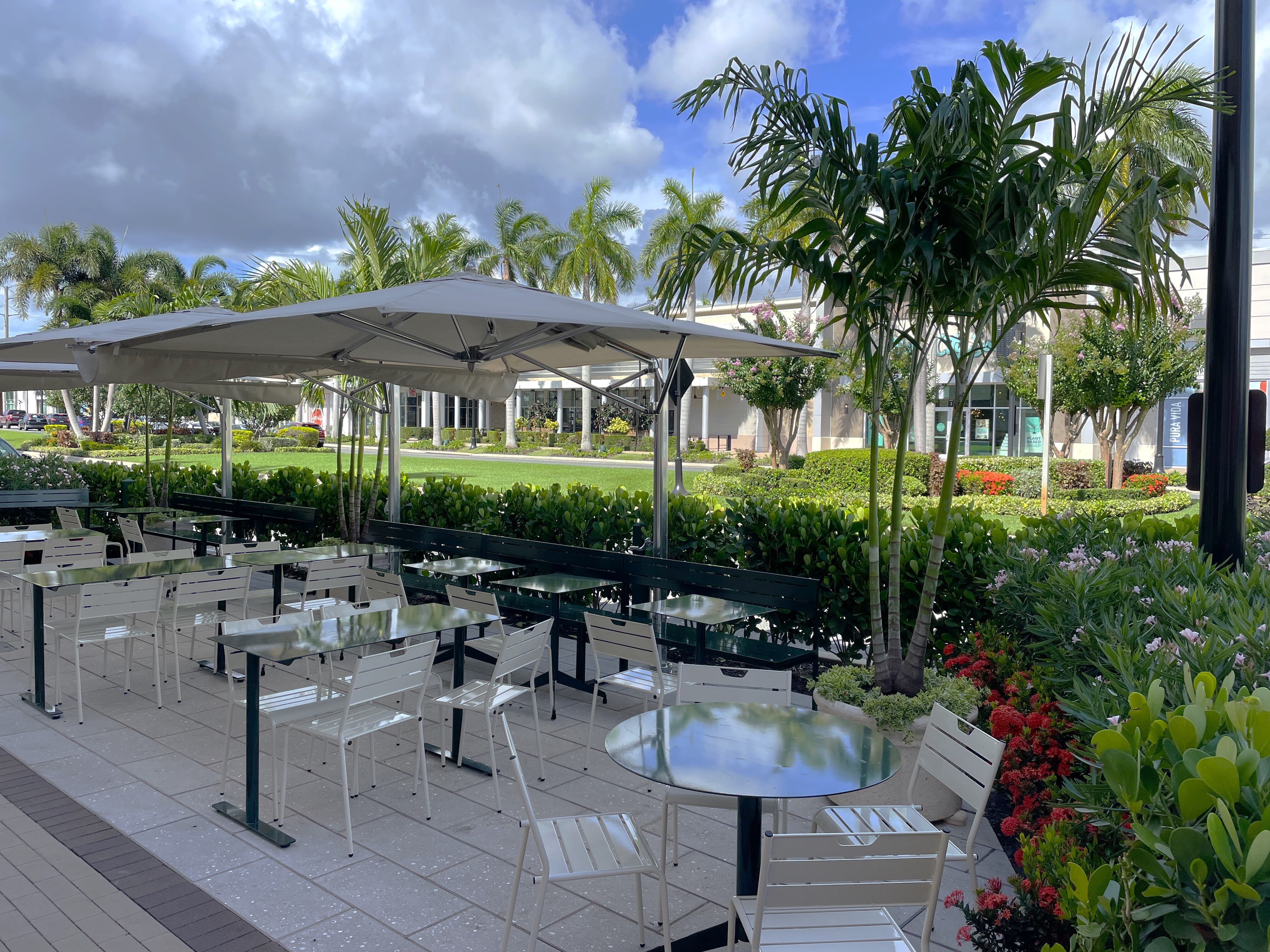Biophilic hotel design – part 2
PART 2 of 3.
In our last post, we posed two follow-up questions that we intend to expand upon, one of them being,
“Do hotels with biophilic design components really outperform others without? And how much does revenue increase as a result?”
Well, the short answer is YES. Biophilic hotels can outperform (and report higher daily room rates!) than conventional hotel options.
In the Human Spaces 2.0 report (1), the researchers did in-person and survey analyses of hotel rooms, how they were listed and marketed online on hotels.com (2), and concluded some interesting facts based on their relevant data points.
The results from this review found that with standard dates being the same, hotel star-rating being equivalent, and hotel views fitting (relatively) standard definitions, resort and urban hotel rooms with a view of nature, particularly a view of water were priced higher than rooms without a view.
How much more valuable were rooms to guests?
Depending on the type of hotel – urban or resort – and which view one might have, the room rates were 11-18% higher than a conventional room/view. It’s possible that the difference could be more – but the descriptions in online categories did vary, so that was one downside of this initial research.
[A “park” view overlooking Central Park in New York City, for example, would command a much higher rate than a London hotel view overlooking an inner courtyard or “park.” Future studies would have to be clearer on definitions of views.]
That said, ultimately the survey results suggest that while these hotels do charge more and can outperform their competitors, most major brands are not optimizing their opportunity to capture the essence of a biophilic guest experience.
With such direct evidence that views to nature are regarded as important and valuable, biophilic views should be a qualifying factor in the siting, orientation, and design of any hotel. When existing conditions do not support a quality view to nature, there is a relative justification in specifying design strategies, such as natural analogues (e.g. finishes, textiles, hardware, artwork) to help enhance the biophilic experience of the guest room. — Bill Browning
Another aspect of performance is how guests come to expect certain amenities and therefore how they might become loyal to a hospitality brand. Cleanliness and comfort are no longer enough to differentiate brands; this biophilic design research suggests that “guests had an experience that went above and beyond their expectations of a clean room and a comfortable bed.” (p.29)
But what about outside of the guest rooms? What about other amenities? Is there a difference in perception in lobbies, restaurants or spas?
Part 3 of this series will dive into some case studies investigating our final question about biophilic design in the hospitality industry: How can natural design elements enhance the guest experience, and how does one market these exciting new factors?
Stay tuned!
References:
1. PART 1: Biophilic Design Strategies for the Hospitality Industry
2. https://www.humanspaces.com
3. Hotels.com




